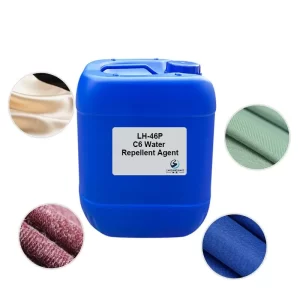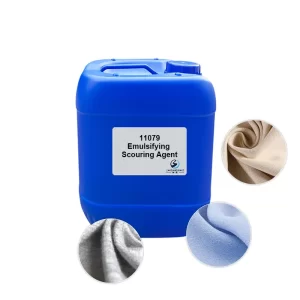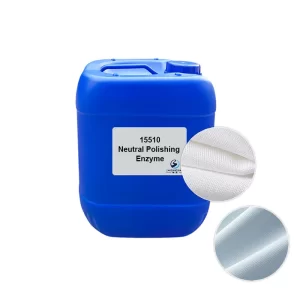In textile finishing, dyeing is only the first step. To ensure that the fabric has good washing fastness, rubbing fastness and light fastness, the selection and use of fixing agents play a decisive role. So, what are the fixing agents in textile auxiliaries? Which dye systems and processing scenarios are they suitable for? BLUELAKECHEM, a leading textile auxiliaries manufacturer, systematically sorts out fixing agents’ classification, principles and selection points for you.
What is a fixing agent?
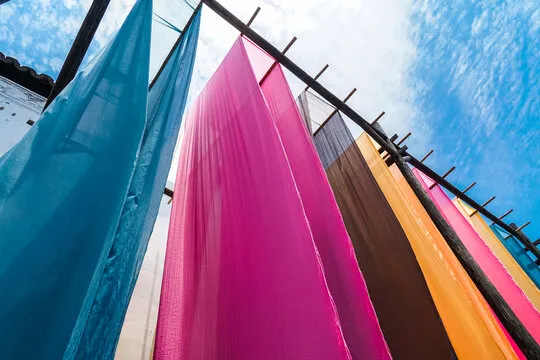
ตัวแทนการตรึง is a type of chemical auxiliary that enhances the adhesion of dyes to fabrics by chemically or physically combining with dyes or fiber structures. It can effectively inhibit dye migration, decolorization and fading, and is one of the key products to improve the quality of textiles and dyeing and finishing stability.
The main functions include:
- Stabilize dye molecules and reduce color loss in post-processing.
- Prevent dye migration and staining, and improve product consistency.
- Improve the washing fastness, soaping fastness and rubbing fastness of dyed fabrics.
Common types of fixing agents and application scenarios
Cationic fixing agent
Applicable dyes: reactive, acidic, direct dyes
Principle: The cationic structure of the cationic fixing agent can combine with the negatively charged groups in the dye molecules to form a water-insoluble complex, thereby enhancing the adhesion of the dye to the fiber. Applicable to cotton, polyester-cotton, viscose and other fibers.
Features:
- Stable color fixing effect.
- Moderate cost, widely used in cotton, polyester-cotton, and viscose fibers.
- It may have a slight effect on hand feel or color light.
Formaldehyde-free, environmentally friendly fixing agent
Applicable dyes: reactive, direct dyes, etc.
Principle: Adopt environmentally friendly structures such as polyamine polymers to combine with dyes without releasing formaldehyde.
Features:
- Small impact on color.
- Free of formaldehyde, it meets environmental standards such as OEKO-TEX and ZDHC.
- Suitable for fabric processing with high export requirements and children’s textile processing.
Disperse dye fixing agent
Applicable dyes: disperse dyes (such as for synthetic fibers, such as polyester and nylon)
Principle: Fix dye particles by film formation or complexation to prevent re-dyeing or dye migration during soap washing.
Features:
- Improve the soap washing fastness of polyester disperse dyeing.
- Prevent secondary dyeing, color spots and other problems.
- Commonly used for polyester fabrics, swimwear fabrics, and sports fabrics.
Resin-type fixing agent
Applicable dyes: active, direct dyes, etc.
Principle: Form a film layer on the fiber surface through resin cross-linking to enhance dye adhesion. Traditional resin-type fixing agents are mostly based on the melamine-formaldehyde structure.
Features:
High color fixing strength.
The market is gradually being replaced by environmentally friendly products.
There are certain irritants and environmental restrictions (including formaldehyde).
How to choose a suitable fixing agent?
The following factors should be considered when selecting a fixing agent:
Dye type: reactive, acid, dispersed, and direct dyes react differently to fixing agents
Fabric composition: cotton, polyester, nylon, viscose, etc. have large differences in color absorption and binding ability
Fastness requirements: whether to prioritize washing fastness, soap fastness, rubbing fastness, or lightfastness
Environmental standards: whether it meets the certification requirements of OEKO-TEX®, ZDHC, REACH, etc.
Process compatibility: whether it applies to existing dyeing and finishing processes such as padding, pad dyeing, and exhaustion
Cost and performance balance: control costs while ensuring quality, especially for large-scale processing
If you are not sure which type of fixing agent is more suitable for the current process, BLUELAKECHEM provides one-to-one technical support and free sample services to help you scientifically select and optimize the process.
The value of fixing agents in textile finishing
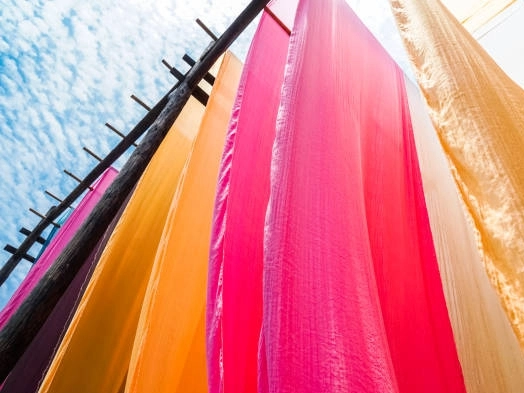
The fixing agent is not only the “guarantor” of the dyeing process, but also the key guarantee for the consistency and stability of the quality of the finished textiles. Scientific use of color fixers can bring the following comprehensive values:
- Reduce the risk of color fading, rework and customer complaints.
- Improve dyeing and finishing efficiency, reduce repeated processing and rework.
- Meet environmental regulations, help brands go global and achieve sustainable transformation.
- Increase product-added value and enhance competitiveness in the high-end market.
บทสรุป
Color fixers are the “invisible bond” that dyes firmly attach to fibers, and are also an indispensable part of high-quality textile production. Understanding and scientifically selecting a color fixing agent can significantly improve product color fastness and process stability. As a professional textile auxiliaries supplier, BLUELAKECHEM is committed to providing customers with green, efficient and low-emission color fixation solutions. If you need more information about color fixers or want to get free samples, contact us immediately.
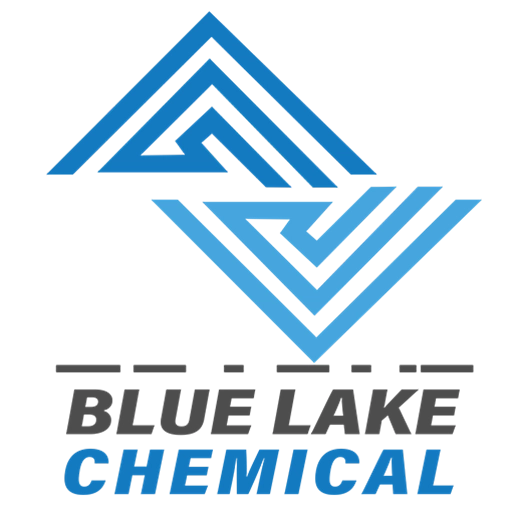
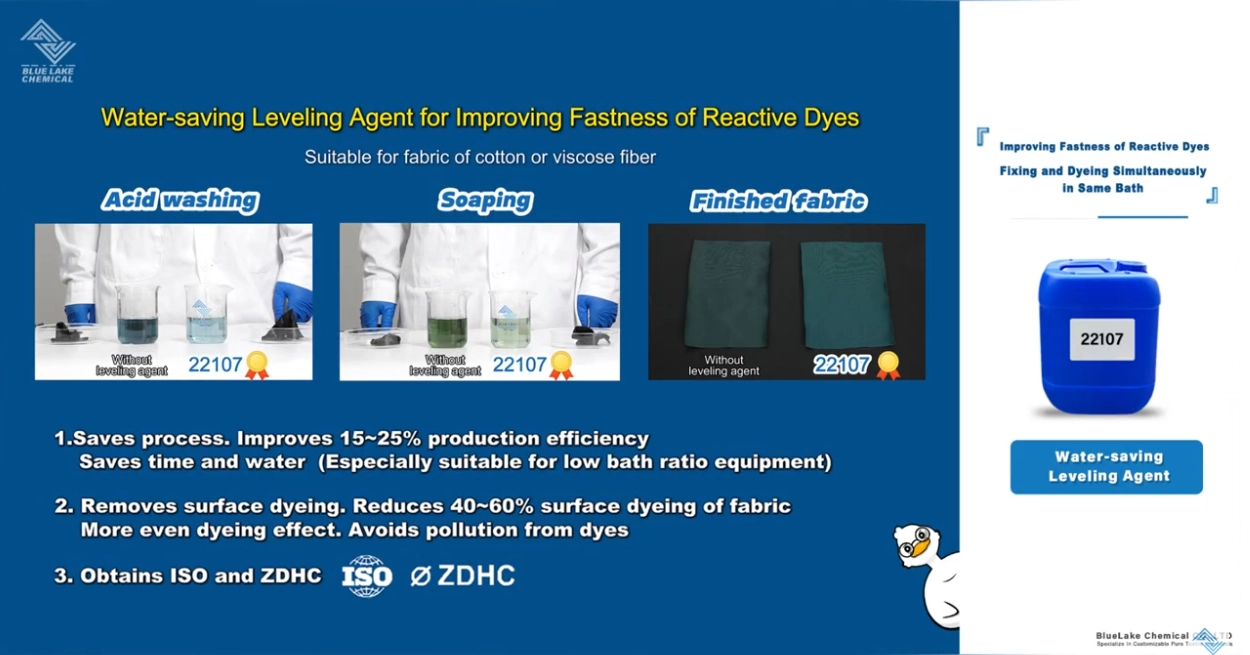
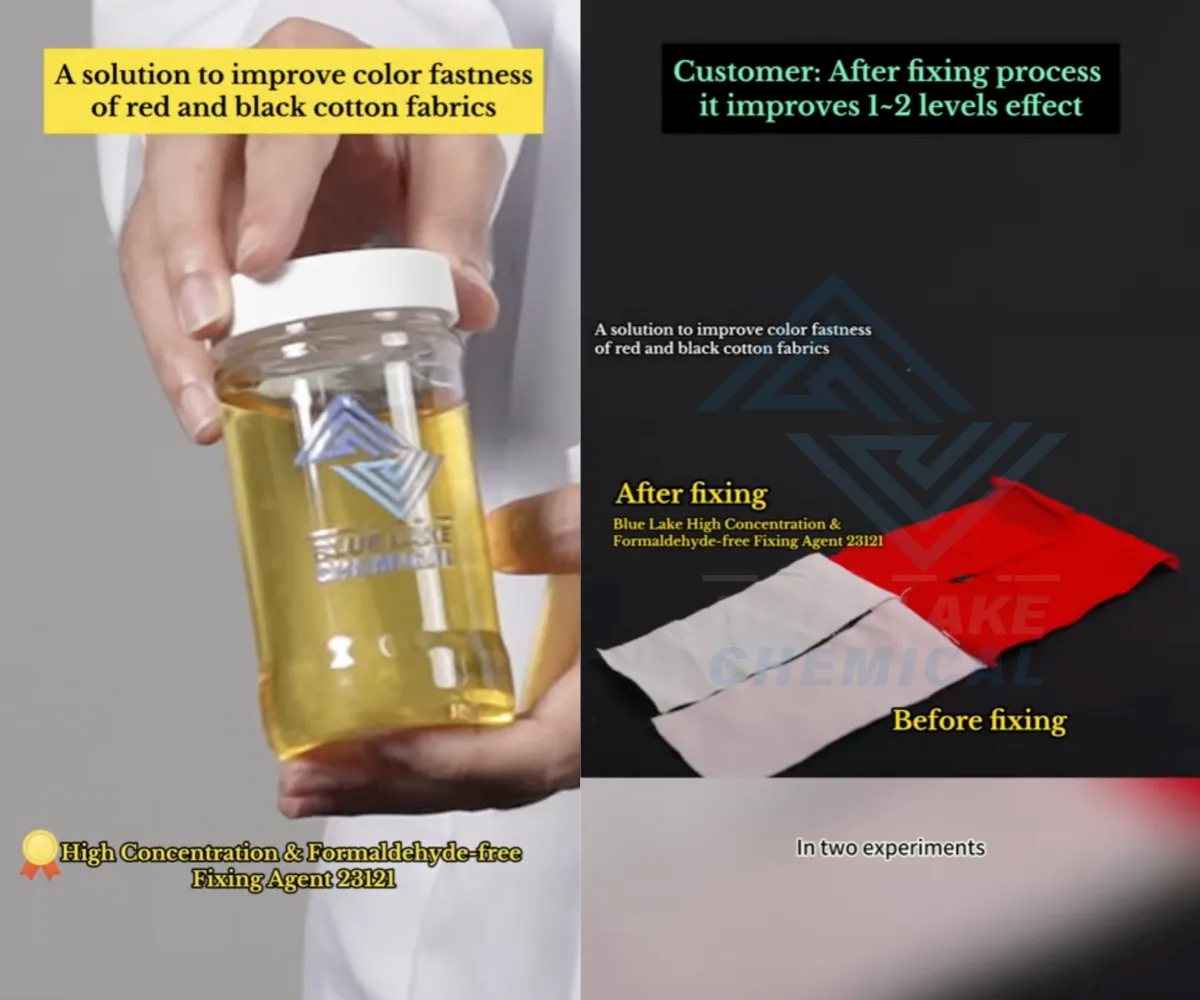
.jpg)

